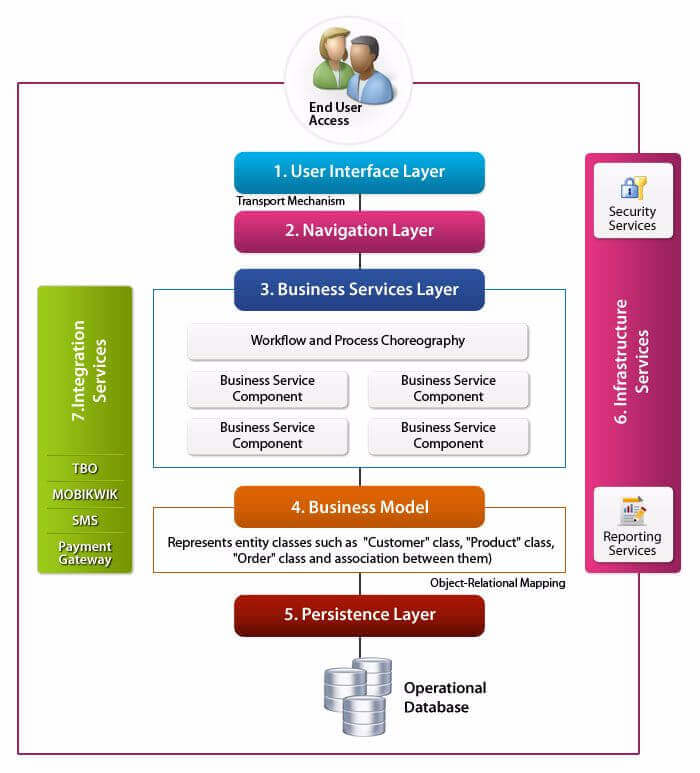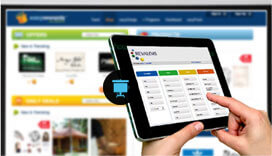
RevalCMS
Architecture
RevalCMS is a platform for developing internet and intranet applications and presentations in a fast and cost-efficient way. It is designed for creating and administrating customer-individual dynamic web sites. RevalCMS is uses multiple technology components as detailed below with Microsoft .NET being at its core. The architecture diagram is as follows:

The component types identified in our design are as follows :
User interface (UI) components
Most solutions need to provide a way for users to interact with the application. User interfaces are implemented using HTML5, CSS3, Microsoft ASP.NET, Angular JS, Node JS & Java. RevalCMS has the flexibility of adapting to the end user technology need. With our in-house design team, we provide that unique UI without technology bias or limitations
User process components
A user interaction with the system follows a predictable process. To help synchronize and orchestrate these user interactions, it can be useful to drive the process using separate user process components. This way the process flow and state management logic is not hard-coded in the user interface elements themselves,and the same basic user interaction “engine” can be reused by multiple user interfaces.
Business workflows
After the required data is collected by a user process, the data can be used to perform a business process.
Business components
Regardless of whether a business process consists of a single step or an orchestrated workflow, your application will probably require components that implement business rules and perform business tasks
Service agents
When a business component needs to use functionality provided in an external service, you may need to provide some code to manage the semantics of communicating with that particular service.
Service interfaces
To expose business logic as a service, you must create service interfaces that support the communication contracts (message-based communication, formats, protocols, security, exceptions, and so on) its different consumers require. For example, the credit card authorization service must expose a service interface that describes the functionality offered by the service and the required communication semantics for calling it. Service interfaces are sometimes referred to as business facades.
Data access logic components
Most applications and services will need to access a data store at some point during a business process.
Business entity components
Most applications require data to be passed between components. The data is used to represent real-world business entities, such as products or orders. The business entities that are used internally in the application are usually data structures,such as DataSets, DataReaders, or Extensible Markup Language (XML) streams,but they can also be implemented using custom object-oriented classes that represent the real-world entities your application has to work with.
Components for security, operational management, and communication
Your application will probably also use components to perform exception management, to authorize users to perform certain tasks, and to communicate with other services and applications.

